I trust you have had a wonderful Christmas Season and are looking forward to an exciting New Year. It’s hard to believe 2011 is upon us…..where has the time gone? It seems like yesterday we were all in a flap over Y2K!
From a birding point of view winter is a great time to be out with a camera as there are birds around that we can’t see any other time of the year. The Great Gray, Snowy and Northern Hawk Owls may be seen not too far from Oshawa and plenty of winter ducks & gulls can be seen along the shores of Lake Ontario.
The Great Blue Heron is not a bird normally seen after the weather cools and the ponds start freezing over as it makes hunting for their favourite food, which is fish, very difficult so they are forced to turn to small animals such as mice, voles and chipmunks. By this time of year most Herons have found their winter homes in Florida!
Here is a local straggler (taken at the Lynde Shores Conservation Area) gingerly walking on the ice looking for an opening to fish.
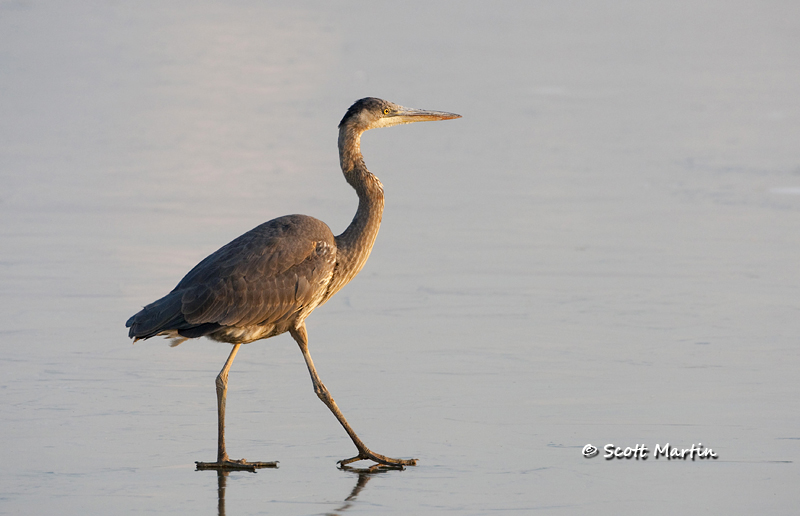
.
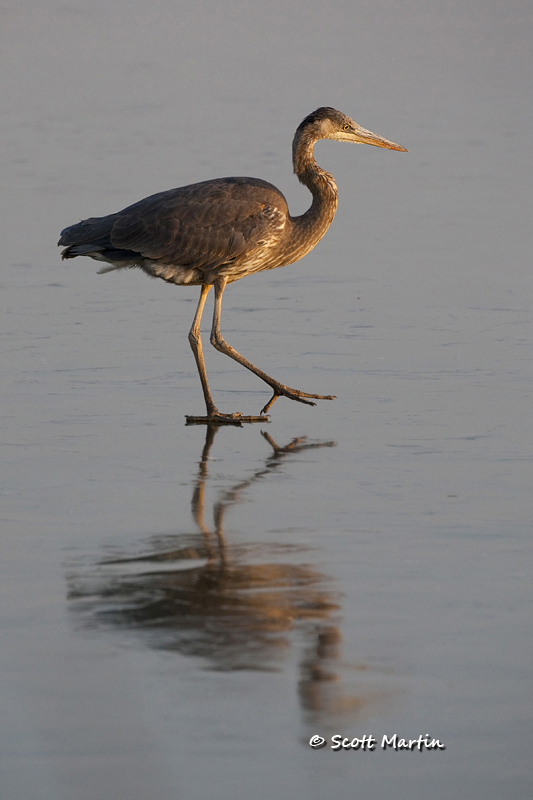
.
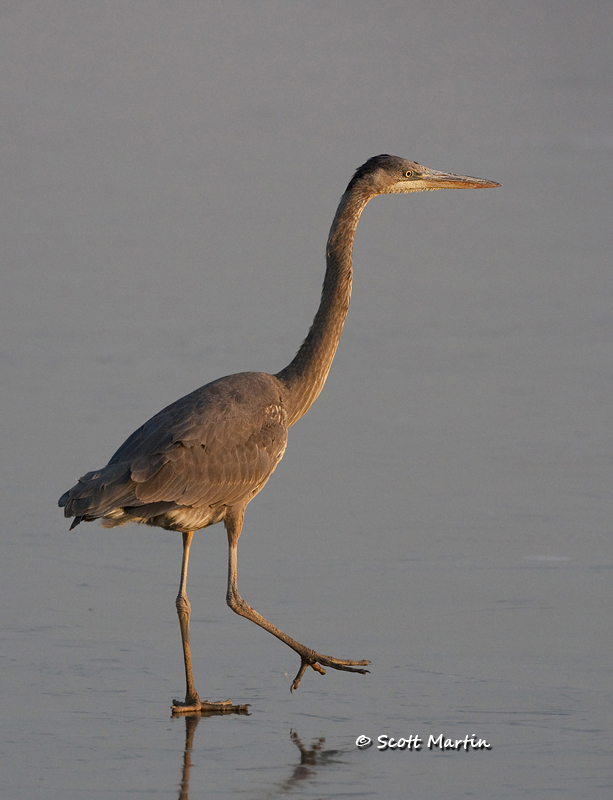
Great Blue Herons are the largest North American Heron, and prefer wetlands, marshes & ponds to live in however they are also very popular around fisheries in the south which was originally thought to be a big problem for fish farmers. Interestingly, studies have shown that the Herons typically eat the sickly fish that swim near the surface and would not have been productive anyway. So the Great Blue Herons actually do the fish farmer a favour. Herons normally eat fairly small fish (as shown below), however they refuse to throw away any big catches they make and have actually been known to choke to death trying to swallow a large fish.
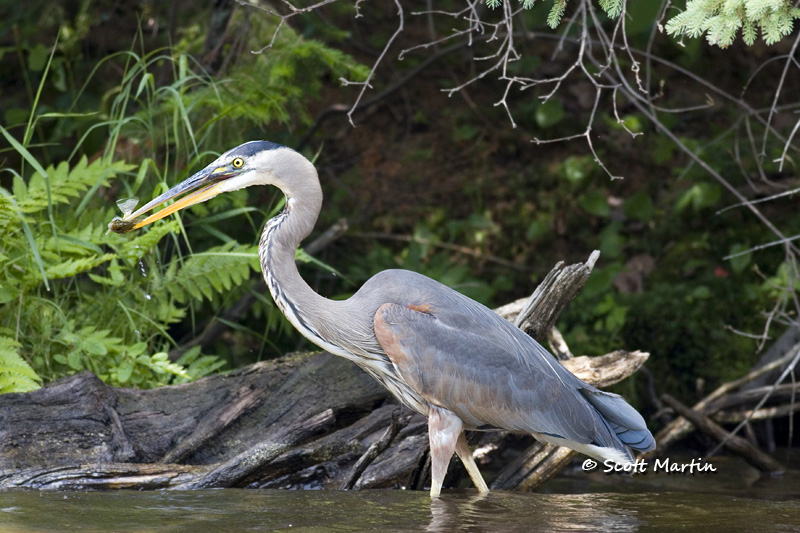
Great Blue Herons usually nest in large groups called Rookeries, or if exclusively Herons, Heronries. They breed annually and the female lays two or three eggs having a gestation time of about 28 days. Adult Herons feed their young regurgitated fish and when adults are feeding their young they ingest at least four times as much food as normal. Herons often pair for life and during breeding season they spend most of their time working on the nests and feeding the young ones.
Here is a nesting pair taken this past spring in Florida.
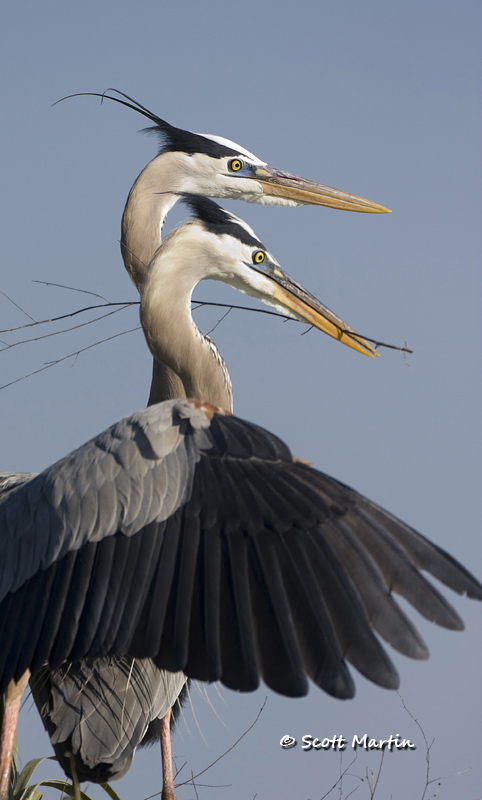
And a proud parent!
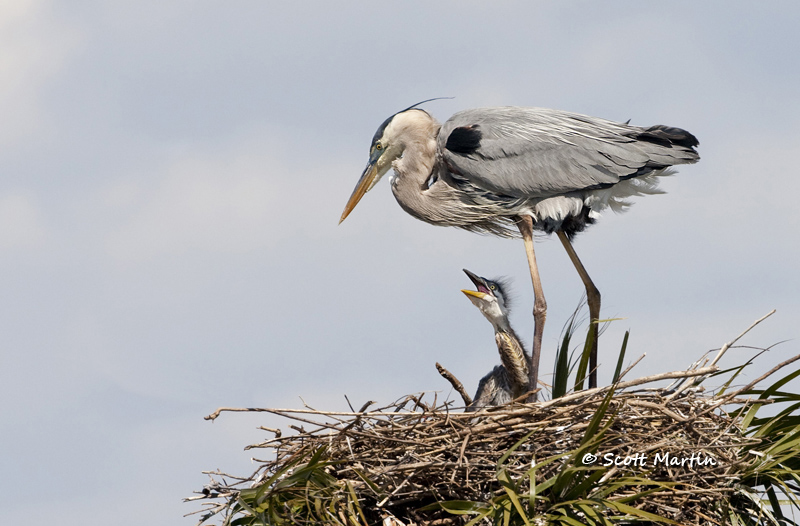
And finally an in flight shot, which is surprisingly easy to take as the Herons are slow fliers and often cruise along close to the water providing a nice pose. This portrait was taken standing at the end of our dock at the cottage and the Heron was actually below the level of the camera at a distance of about twenty feet.
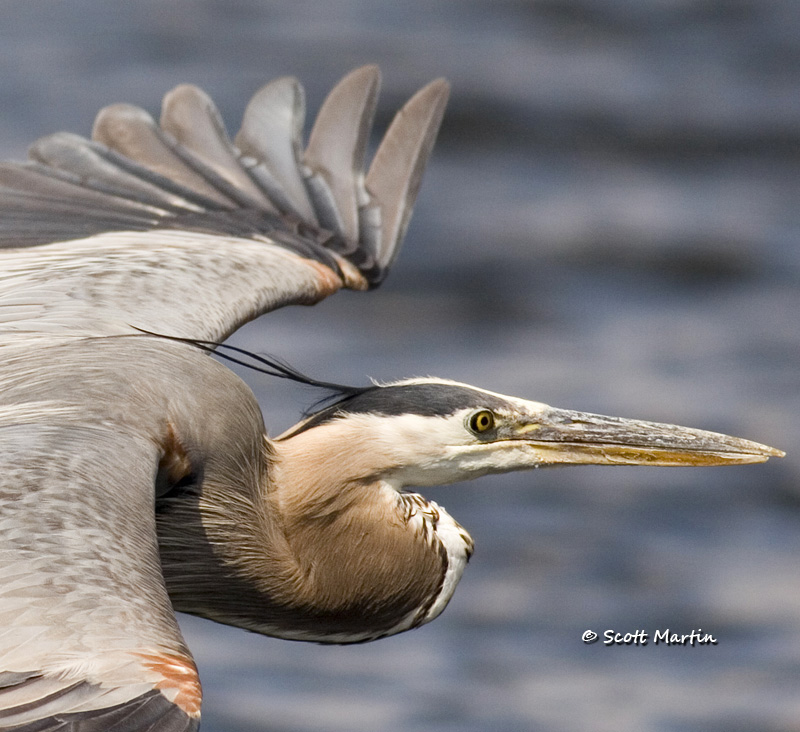
More images of Great Blue Herons can be seen in the “Wading & Shore Birds” gallery.
Happy New Year to everyone and hopefully the winter duck & owls posts will show up early in the new year!


Another great series of images and accompanying story! I especially like the image of the nesting pair.
Thanks Arni & I hope you had a great day in the Park! Happy New Year.
Scott,
I just explored your new site and I must say I enjoyed it very much. Both entertaining and educational, it demonstrates your passion for photography and subject matter. Great photos and a great site. Well done!
Don
Thanks Don, I greatly appreciate your kind comments. Happy New Year & we’ll see you soon.
Wow, Scott — these are extremely wonderful shots! But now I feel even worse about the untimely demise of the Great Blue Heron who flew into my windshield three-ish years ago, just north of Tyrone. Man, those things are HUGE, especially when sprawled across the front of a compact car!
Incidentally (or not), I know that the past few years have gone by faster than a slow-flying Heron, but it’s not quite 20111, as you said in your opening paragraph! Or, if it IS 20111, we’re all looking amazingly youthful. 😉
I enjoy seeing the world through your lens; looking forward to another year of your photos.
Thanks Mare, for the comment and the correction. Unfortunately I’ve been sick and didn’t get it corrected for a few days. You are very fortunate the GBH didn’t join you in the front seat.